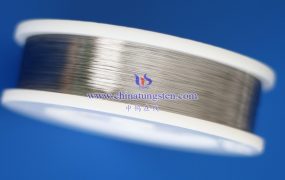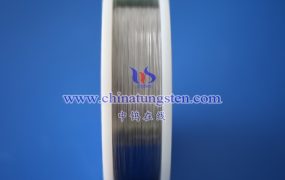
A tungsten needle is primarily composed of tungsten, which is a chemical element with the symbol W and atomic number 74. Tungsten has a very high melting point of 3,422 °C (6,192 °F) and is known for its high density, strength, and hardness.
Tungsten needles can be made from pure tungsten metal, or they can be alloyed with other metals to enhance their properties. For example, tungsten can be alloyed with rhenium to improve its ductility and creep resistance at high temperatures, or with thorium to improve its electron emission properties.
Tungsten needles can also be coated with other materials to enhance their functionality in specific applications. For example, tungsten needles used for biosensing applications may be coated with functionalized surfaces to detect and analyze biological molecules, while tungsten needles used for scanning probe microscopy may be coated with materials such as diamond-like carbon to improve their wear resistance and image resolution.
Overall, the composition of a tungsten needle can vary depending on the specific application and desired properties, but it is primarily composed of tungsten and may be alloyed or coated with other materials to enhance its functionality.






